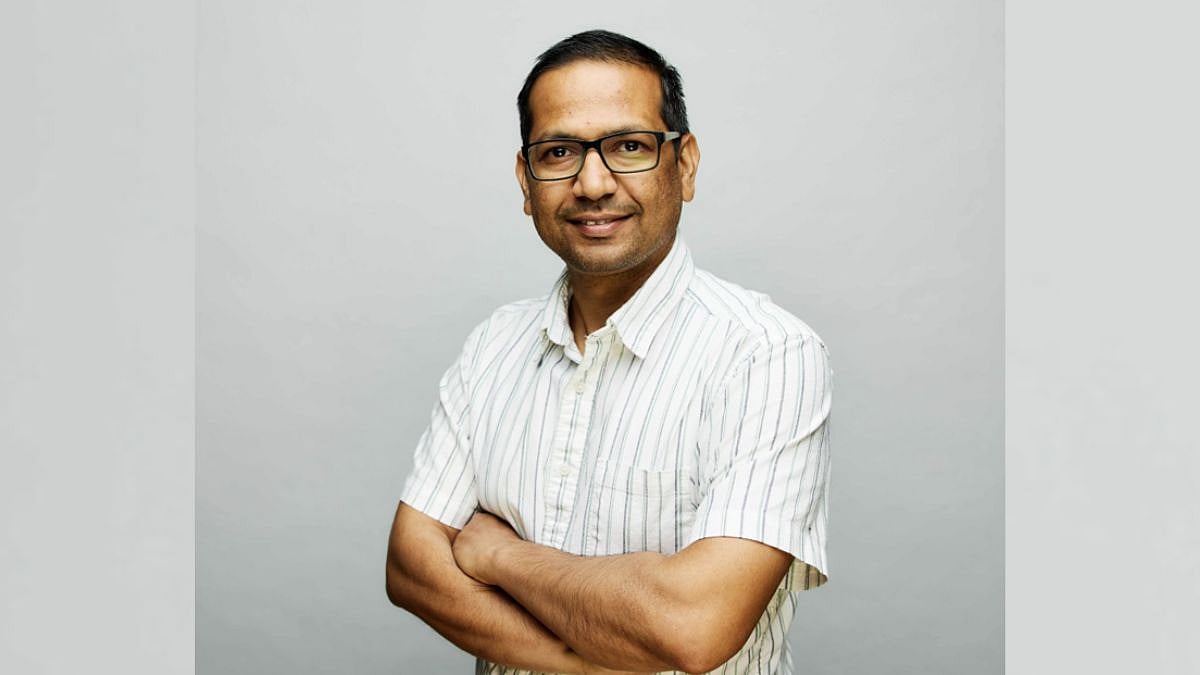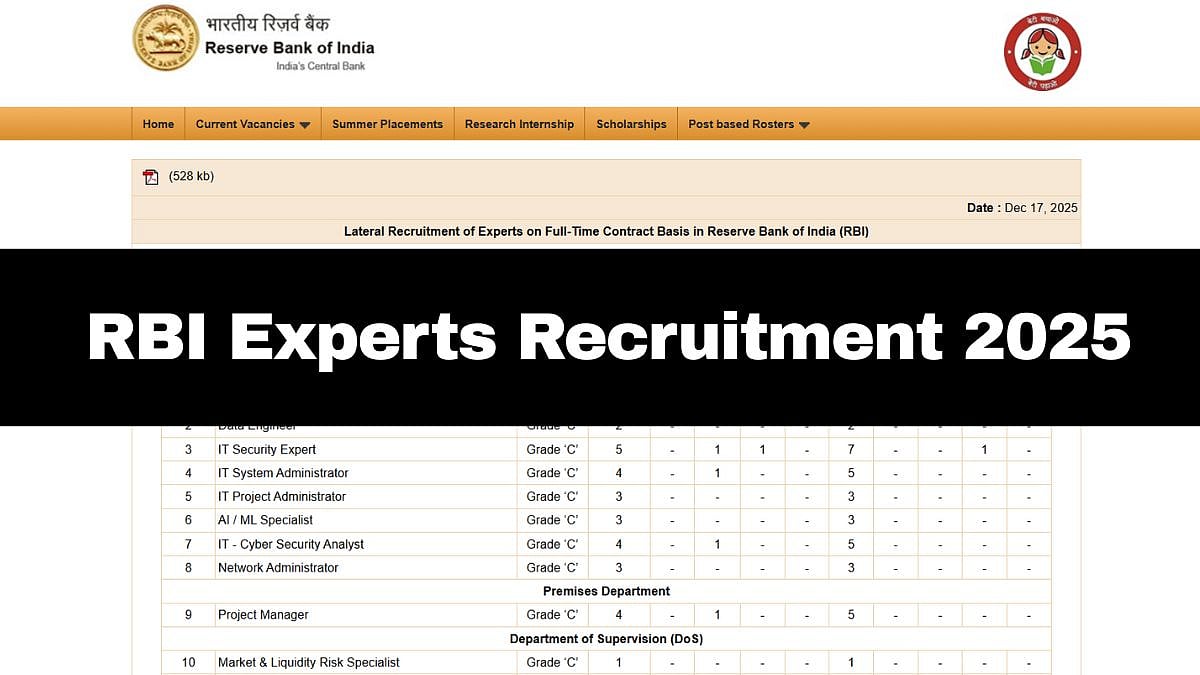When U.S. carriers began shifting their voice networks to cloud-native architectures, much of the work happened far from public view: deep in the control plane of the IP Multimedia Subsystem (IMS), where software changes can ripple across millions of calls.
At T-Mobile, principal engineer Bikash Agarwal has been one of the architects of that transition, helping bring telephony workloads—once tied to proprietary hardware—into the flexibility of containers and orchestration.
Agarwal’s remit spans Cloud-Native Network Functions (CNF) and Network Function Virtualization (NFV) across the 4G/5G voice and messaging stack. Internally, that has meant guiding deployments of Kubernetes-based IMS components—most notably the Telephony Application Server (TAS) and the Call Session Control Function (CSCF)—and coordinating multi-vendor migrations engineered for zero downtime.
“Mr. Bikash Agarwal’s approvals are considered the final authoritative quality checkpoint before T-Mobile’s IMS Core Network components, products, software upgrades and configuration changes can be rolled out to serve millions of T-Mobile’s customers.”, said Le Roy Munar, Sr Manager, Systems Architecture & Network Technology, T-Mobile.
Those efforts intersected with several milestones in the U.S. market: early VoNR/ViNR achievements in 2020, the rollout of standalone 5G voice in 2022, and the introduction of T-Priority™ in 2024, a network slice designed to prioritize first-responder traffic during emergencies.
While the underlying technologies differ—radio access, core control, and orchestration layers—the organizing principle is consistent: build a voice core that scales elastically, updates predictably, and recovers quickly under stress.
Agarwal’s path into cloud-native telephony began long before the first containers were scheduled in production. After graduating with distinction in Electronics and Communication Engineering in 2006, he held roles in software and R&D at Sasken Communications and Nokia Siemens Networks, followed by technical leadership positions at Tech Mahindra serving AT&T.
He later worked as a solutions architect at Samsung Telecom Tech Services, a period that deepened his fluency in signaling protocols and mobile-core design. He joined T-Mobile in 2016, as voice and messaging were preparing for a 5G-era re platforming.
Beyond day-to-day engineering, Agarwal is listed as an active inventor of multiple U.S. patents that range from call-routing logic and voicemail customization to NFV health-check automation and protocol-overhead reduction.
Two representative filings—U.S. 10,326,804 B1 (methods for reducing network-protocol overheads) and U.S. 10,708,433 B1 (techniques for retrieving voicemail pilot numbers)—have drawn industry citations and informed how operators approach efficiency and service continuity.
“These patents matter because they attack persistent pain points—latency and service robustness—in ways operators can actually deploy. You can see the impact in the citation trail and in how similar methods show up across the industry,” said Dr Jankiballabh Sharma, Professor of Electrical & Computer Engineering, Rajasthan Technical University.
The cloud-native turn is not only about portability; it is also about observability and safety. In a voice core, upgrades cannot wait for maintenance windows that users will never accept. Agarwal’s teams design change management around the idea that releases should be “boring by design”—driven by telemetry, gated by canarying and health checks, and reversible without drama.
“Our goal is to make every release predictable. If metrics drift, automation halts the rollout; if a threshold trips, we roll back. Reliability is a discipline, not a feature,” Agarwal said.
Public benefit and resilience. Beyond efficiency, the cloud introduces a common operational language for incidents: live telemetry, circuit breakers, staged rollouts, and reversible deployments. In weather events, mass gatherings, or emergencies, that discipline marks the difference between congestion and continuity.
Engineering work that prioritizes critical paths, isolates failures, and automates rollback helps keep an essential service—the call that must go through—available precisely when it’s needed most.
Agarwal also bridges industry and research. He is a Fellow of the Soft Computing Research Society (SCRS), and an IEEE Senior Member and he has served as a reviewer for IEEE’s Applied Intelligence & Computing Conference (AIC 2025), and has reviewed manuscripts for Elsevier journals such as Engineering Applications of Artificial Intelligence and MethodsX.
He has co-authored peer-reviewed work on containerized telecom solutions, SR-IOV for cloud-native networking performance, and WPS design considerations—niche topics with broader implications as more carriers standardize on cloud principles.
Looking ahead, Agarwal sees AI-driven automation as the next force multiplier for voice-core reliability: models that can predict hot spots before they occur, auto-tune capacity to match demand, and detect anomalies that human eyes might miss. “AI will amplify good operations, not replace them. The future is telemetry-rich systems, clear runbooks, and teams trained to intervene only when the automation asks for help,” he said.
For most users, a phone call is as simple as a dial tone. The complexity that makes it possible—containers orchestrating microservices across data centers, traffic shaping for first responders, upgrades happening in the background without anyone noticing—remains invisible by design. The engineers behind that invisibility, including Bikash Agarwal, are rewriting how voice networks are built, one controlled change at a time.
This article references publicly available carrier announcements and U.S. patent records.









